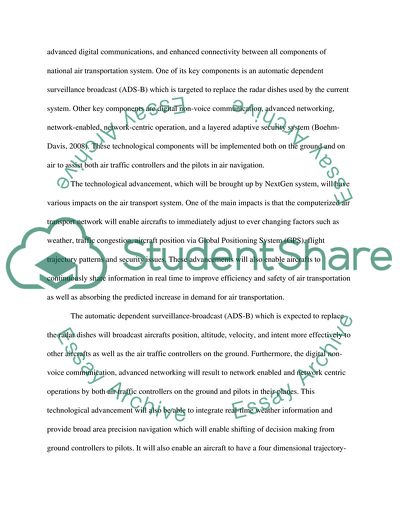Cite this document
(“Next Generation Air Transport System Research Paper”, n.d.)
Retrieved from https://studentshare.org/politics/1593759-next-generation-air-transportation-system-nextgen
Retrieved from https://studentshare.org/politics/1593759-next-generation-air-transportation-system-nextgen
(Next Generation Air Transport System Research Paper)
https://studentshare.org/politics/1593759-next-generation-air-transportation-system-nextgen.
https://studentshare.org/politics/1593759-next-generation-air-transportation-system-nextgen.
“Next Generation Air Transport System Research Paper”, n.d. https://studentshare.org/politics/1593759-next-generation-air-transportation-system-nextgen.


